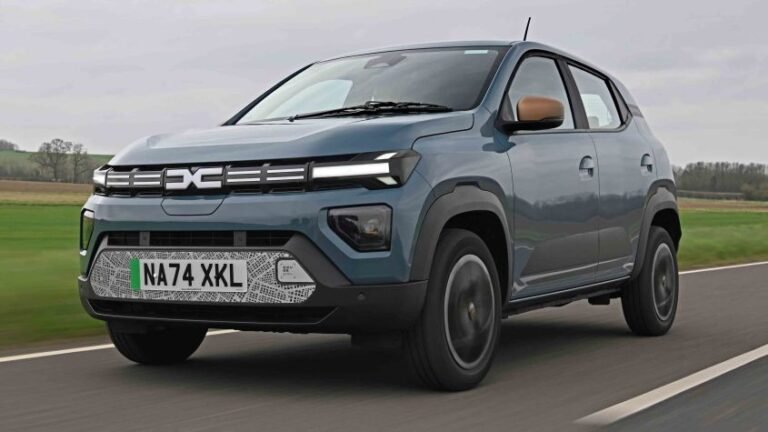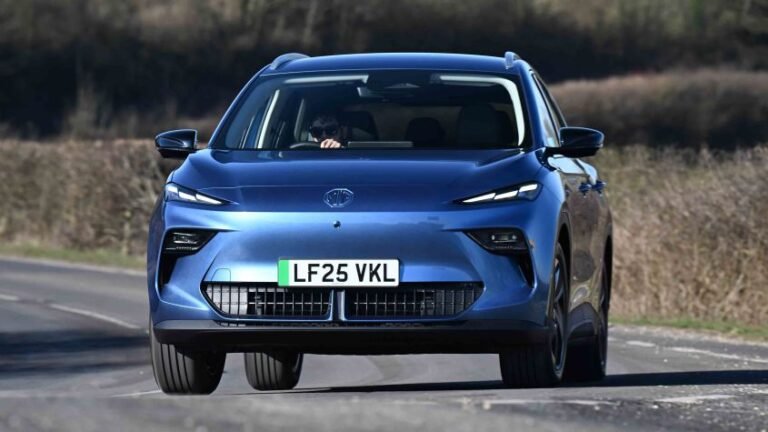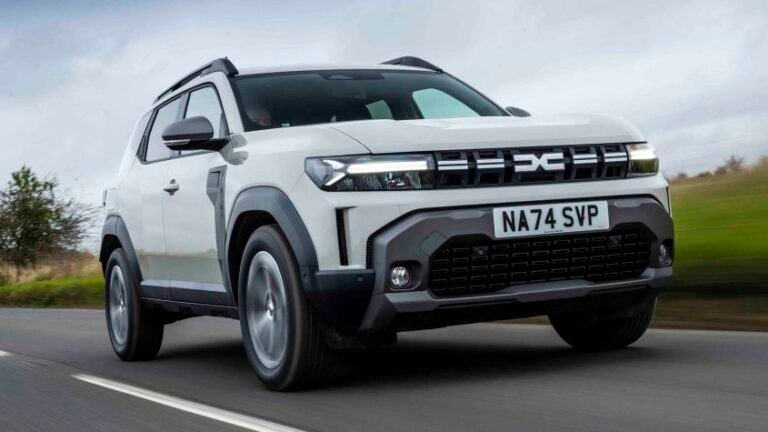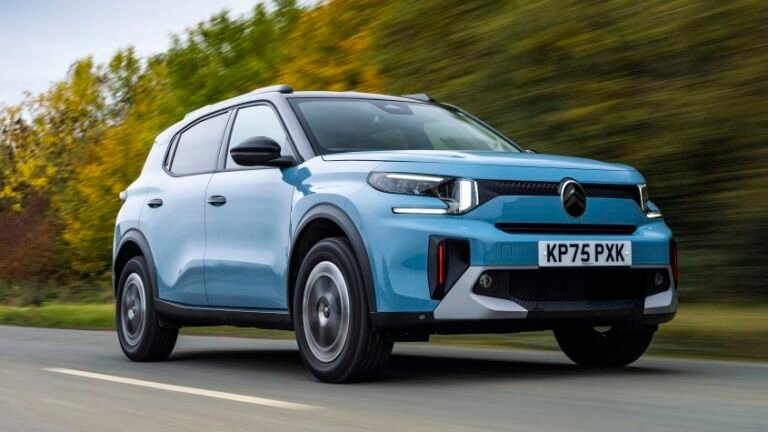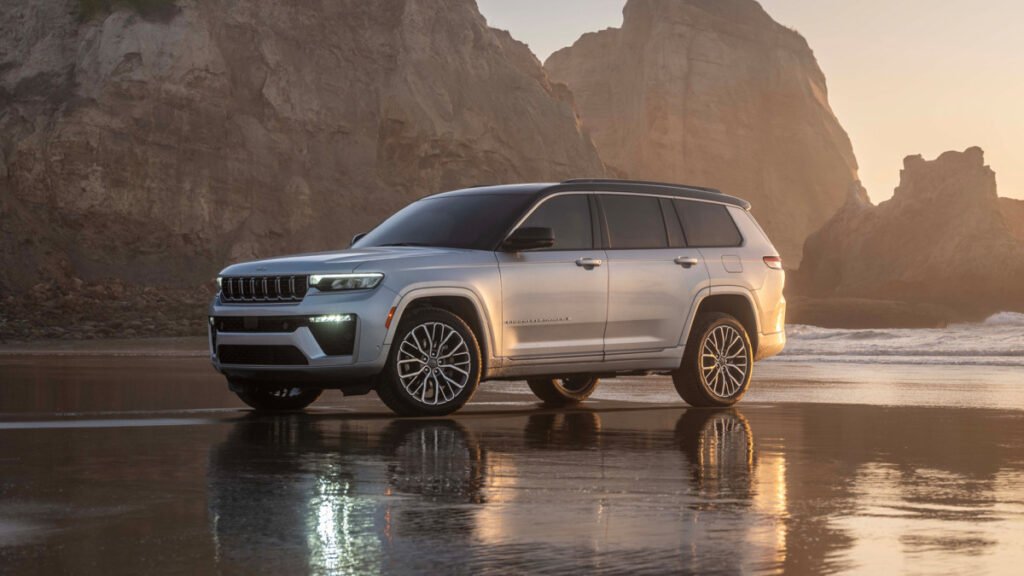
Hybrid versions of this engine are expected to be even more potent
The Hurricane engine produced by Stellantis first arrived as a twin-turbocharged inline-six in 2021, and it continues to be used in models like the Jeep Grand Wagoneer and Ram 1500. Boasting V8-like performance without the poor efficiency, the engine has largely been a success for Stellantis. Now, the Hurricane engine family has a new member, if only by name: The 2.0-liter Hurricane 4 Turbo engine debuts in the 2026 Jeep Grand Cherokee.
Like the larger six-cylinder unit, this model punches above its weight, with six-cylinder levels of power and torque but superior efficiency. It also uses race-proven combustion technology, so let’s look into all the details surrounding this new powertrain.
One of the Most Powerful Engines of its Kind
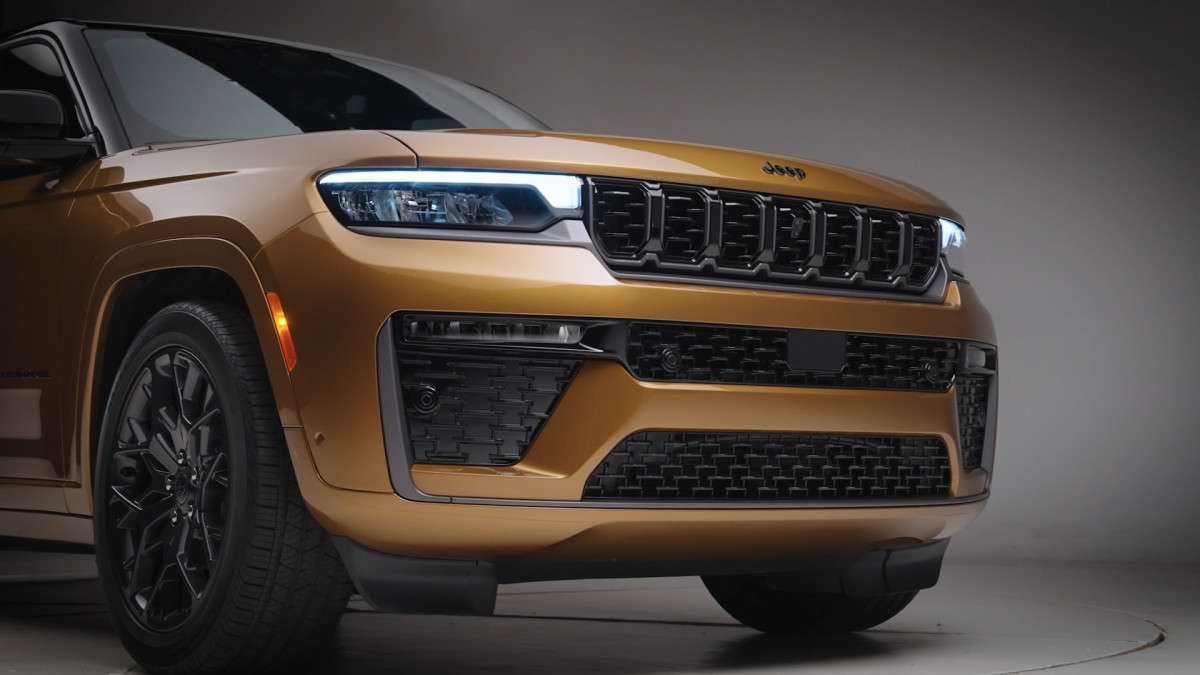
Stellantis
The compact Hurricane 4 Turbo engine produces an impressive 324 horsepower at 6,000 rpm and 332 lb-ft of torque between 3,000 and 4,500 rpm—that’s a segment-leading 162 hp per liter. These figures are particularly impressive for a 2.0-liter four-cylinder unit without a hybrid system. To see what we mean, take a look at its outputs relative to other four-cylinder, performance-skewed engines of the same size.
All the cars above are dedicated performance models, yet the new Hurricane 4 Turbo’s outputs compare favorably (it has the most torque of this group and close to the most power) which is why Stellantis believes it’s suitable for a variety of vehicles, even going up to full-size models.
“The Hurricane 4 Turbo name is appropriate because this engine packs a punch, as the variable geometry turbocharger, the high-performance combustion and the twin fuel system deliver 162 horsepower per liter of displacement,” said Micky Bly, Stellantis senior vice president and head of global propulsion systems. “The clean sheet design gives our customers a powerful, refined, smooth-running engine that uses 10 percent less fuel to deliver 20 percent more power than our current 2.0-liter DOHC I-4.”
The new engine design is compatible with hybrid and plug-in hybrid setups, too. With the addition of a hybrid system, it should easily be able to compete with the likes of Volvo’s 2.0L turbo hybrid powertrain, which produces up to 455 hp.
Related: Why do so many cars have 2.0-liter turbo engines? A closer look
Variable-Geometry Turbo and Advanced Combustion Tech

Stellantis
There are a few key technologies that have allowed Stellantis to extract high performance from the new Hurricane 4 Turbo. Firstly, there’s a variable-geometry turbocharger. It’s got active vanes inside the housing and delivers as much as 35 psi (2.4 bar). 90% of the engine’s peak torque is available between 2,600 and 5,600 rpm. The boost at low revs is useful during launches, and the design allows the engine to achieve high power density and keeps packaging compact.
Turbulent jet ignition (TJI) combustion technology has also been employed in the Hurricane 4 Turbo’s design. This same tech is used in global, top-tier racing engines. A spark plug ignites a tiny amount of gas in a cup-like chamber situated on top of each cylinder. This fuel expands and jets into the combustion chamber, and the result is a quicker burn of the air-fuel charge. For the driver, the new engine not only achieves better efficiency but better performance, too. Although gas mileage claims haven’t been made yet, Stellantis says the engine uses 10% less fuel to produce 20% more power than its existing 2.0L engine.
Related: Dodge Hurricrate engines are finally here: Cat 3 has 550 hp and 531 lb-ft
Port fuel injection and high-pressure direct fuel injection are both used, with the engine controller dictating whether one or both injection systems are utilized, based on the engine state and driver’s demands.
Like the larger Hurricane I6, the Hurricane Turbo 4 uses an ultra-thin, low-friction Plasma Transfer Wire Arc (PTWA) coating in the cylinder bores. This coating is 10 times more resistant to wear than conventional iron cylinder liners. A die-cast deep skirt aluminum block and cylinder bore walls that are 24% thicker than the company’s current 2.0L engine contribute to the new Hurricane’s toughness.
Final Thoughts
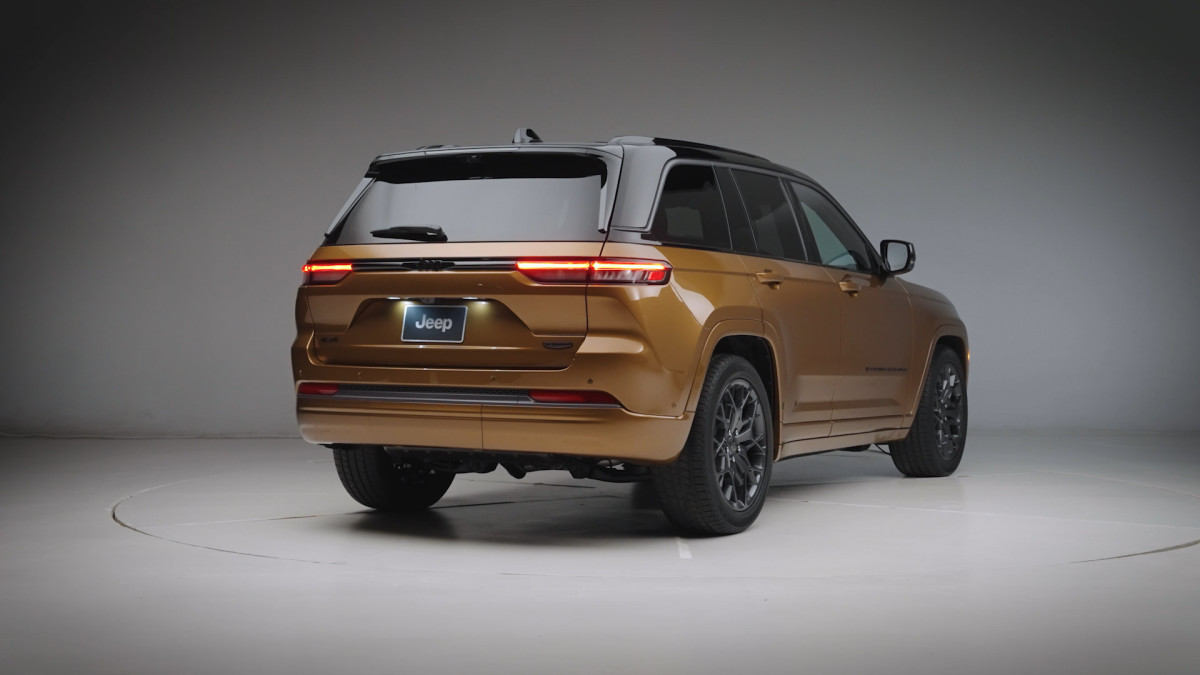
One downside of four-cylinder units in larger, luxury vehicles is often a lack of refinement. If Jeep has managed to subdue the four-pot effectively, it should be an excellent alternative to the older Pentastar V6.
With hybridization, we wouldn’t be surprised to see the new Hurricane 4 Turbo producing well over 400 hp. That would give it the grunt to be used in vehicles as large as the Grand Wagoneer, but there’s also potential for the 324-hp version to find its way into smaller products like the new Cherokee, which is initially launching with hybrid-only power.
Between expanding availability of its Hemi V8, increasingly pursuing electrification, and now introducing this new Hurricane, Stellantis is keeping its options open in the powertrain space. For the customer, that means more choice, and that’s a good thing.

